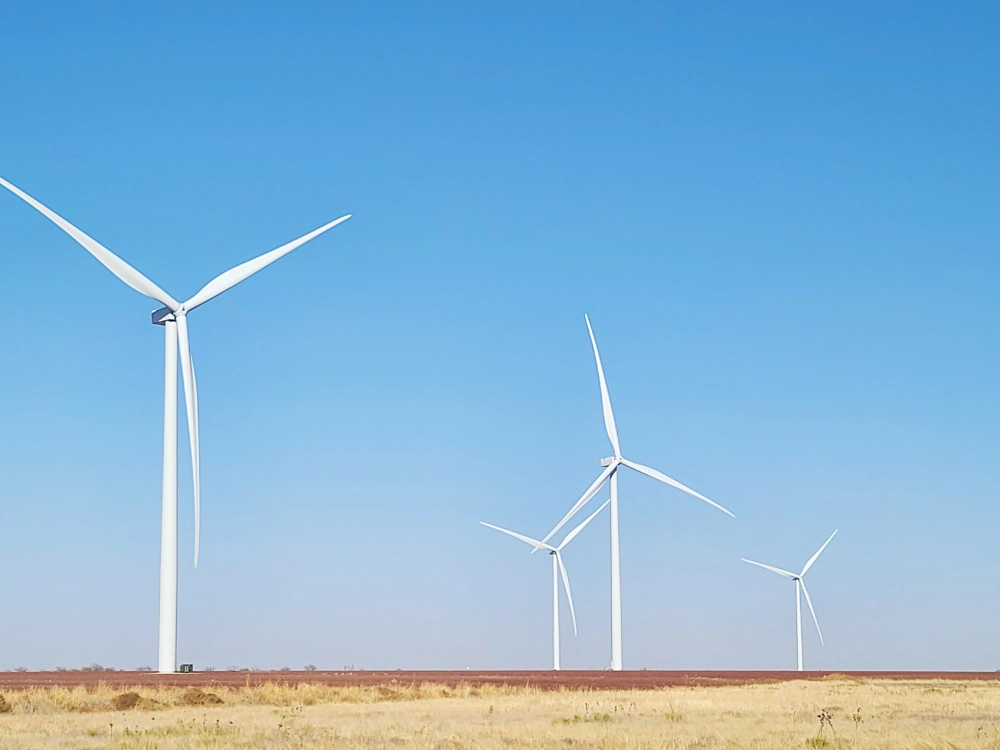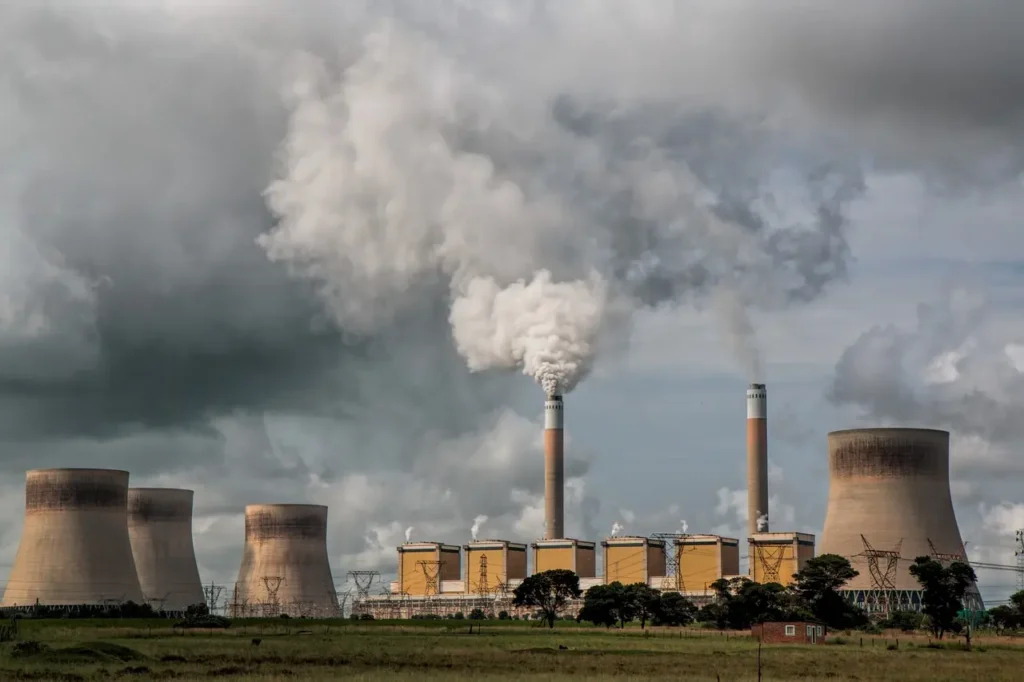The Largest Wind Farms in Texas
5 minute readDiscover how Texas dominates U.S. wind power with massive utility-scale projects.
Home > Learning Center > Energy Production > What Is Wind Energy?
5 minute read • Last update August 2024

Wind energy is a clean, renewable power source generated by the force of wind moving across the Earth’s surface. This energy is captured by wind turbines, which convert the wind’s kinetic energy into electricity without the need for burning fossil fuels. It’s a key component in the global strategy to reduce carbon emissions and shift towards more sustainable energy systems.
Wind energy turbines are the heart of wind power generation. These modern marvels stand tall, with blades that can span the length of a football field on the largest models. When wind passes over the blades, it causes them to lift and rotate. This rotation turns the shaft connected to a generator, and electricity is produced. The amount of power generated depends on several factors, including wind speed, air density, blade length, and the efficiency of the turbine’s generator.
Wind speed is critical in the operation of wind turbines. Generally, turbines start generating electricity at wind speeds of 6 to 9 miles per hour (mph) and reach maximum power output at around 31 mph. If wind speeds are too high, turbines may shut down to prevent damage.
Advancements in turbine technology have made wind energy more viable than ever. Modern turbines are equipped with sophisticated sensors and control systems that optimize their position and blade pitch to capture the maximum amount of wind energy available.

Wind power is classified as a renewable resource because it is inexhaustible within human lifespans. Unlike fossil fuels, which can deplete, wind is a natural phenomenon that occurs as long as the sun heats the Earth’s surface, creating air movement. The sustainability of wind energy ensures that it plays a crucial role in the transition to a cleaner energy future.
Wind farms are the collective network of wind turbines in a given area designed to produce electricity on a large scale. These can be found on land (onshore) or at sea (offshore). Onshore wind farms are typically easier and cheaper to build and maintain, while offshore farms benefit from stronger and more consistent winds, leading to higher energy generation.
Wind farms can vary in size from small, community-based projects to massive commercial endeavors. Community wind projects allow local communities to benefit directly from the power generated, often providing a source of income and increased energy independence. Commercial wind farms, on the other hand, are usually developed by energy companies like BKV Energy and contribute substantial amounts of electricity to the grid.
The sustainability of wind energy is multifaceted. It’s not just about the absence of emissions during electricity generation. The entire lifecycle of a wind turbine, from manufacturing to decommissioning, is designed with sustainability in mind. While there is some environmental impact associated with their production and installation, the overall environmental footprint of wind turbines is minimal compared to conventional power plants.
The wind industry is continually working on reducing its environmental impact, including improving turbine recyclability and reducing the impact on local wildlife. Innovations in turbine design and siting are minimizing the land use and maximizing the energy output.
Wind turbines do not use fossil fuels to generate electricity. Their operation is purely based on the mechanical movement caused by the wind. However, it’s important to note that the manufacturing, transportation, and installation of wind turbines may involve fossil fuels. Despite this, the overall lifecycle emissions of wind turbines are significantly lower than those of fossil fuel-based power plants.

Wind energy offers a multitude of benefits that make it a standout choice in the transition towards a sustainable and environmentally friendly energy future. Here are some of the key advantages:
Wind energy is a powerful tool in the transition towards more renewable energy around the globe, but there are drawbacks.
BKV Energy is proud to offer 100% renewable energy plans to Texans. Our renewable plans source power from Texas wind and solar farms. Enter your zip code to compare plans in your area.
Graham Lumley, Digital Marketing Manager at BKV Energy, leads digital and traditional marketing strategies, focusing on educating Texans about the state's deregulated energy market. With over 8 years of marketing experience, he creates content to help consumers understand and save on their energy bills, bringing a fresh and dynamic approach to the industry.

Discover how Texas dominates U.S. wind power with massive utility-scale projects.

Get $50 off your electric bill!
Use code BKVEJOINUS50
Enter your zip code to shop BKV Energy's affordable, fixed-rate Texas electricity plans. Use the promo code for $50 off your electric bill.